Clarified butter
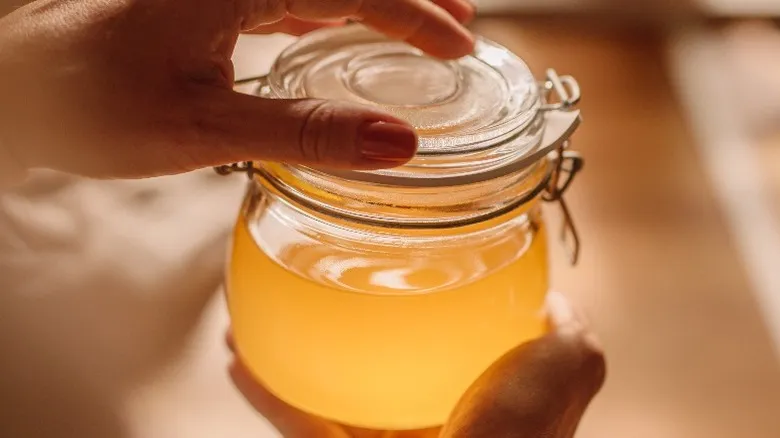
A wise person once remarked that boiled lobster, devoid of its own distinct flavor, serves merely as a vessel for clarified butter. While amusing, this observation holds a kernel of truth. Clarified butter is quite practical as well. With a higher smoke point, it can withstand temperatures up to 450 degrees Fahrenheit, compared to regular butter's limit of 350 degrees. This makes it ideal for sautéing vegetables or basting a pan-seared steak, all while imparting its signature buttery taste and aroma.
The process of creating clarified butter eliminates water, which is known for not blending well with fats and oils. This characteristic allows clarified butter to stabilize sauces like hollandaise or béarnaise, ensuring a smooth texture and delivering rich buttery flavor without separation. Additionally, it is shelf-stable and can last up to six months when stored in an airtight container.
To prepare clarified butter, melt unsalted butter over low heat. The butter will separate into three distinct layers: milk solids will foam and rise to the top, while water (along with some milk solids) will settle at the bottom, leaving a layer of golden butterfat in the center. Simply skim off the floating milk solids with a ladle, carefully pour the golden butterfat into a heat-proof container, and discard the remaining water and sunk milk solids. For an extra measure, you can strain the fat through several layers of cheesecloth to remove as many milk solids as possible.
Ghee
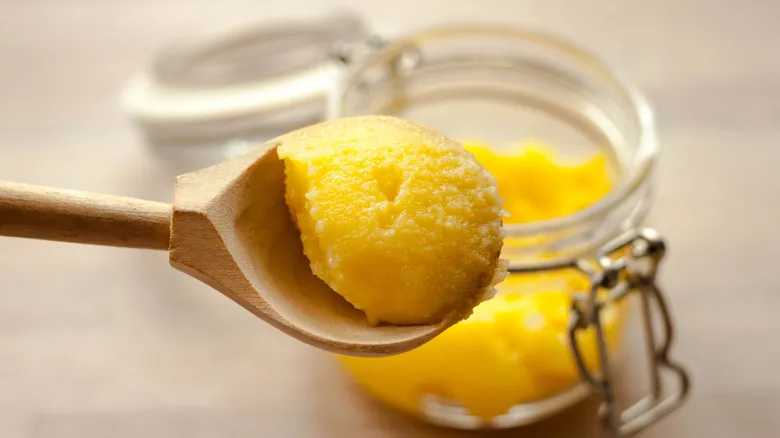
Ghee has a significantly longer shelf life than clarified butter due to its lower water content, which results from a longer cooking process. If you purchase a jar from the store, it can be kept unopened on your shelf for one to two years. However, be ready to pay a premium; while a pound of name-brand butter is about $7 on Amazon, ghee typically costs more than double that amount.
Making ghee at home is a much more economical option. The process is similar to that of making clarified butter, but once the layers have separated, continue cooking until the butter begins to boil vigorously (it will sound a bit like popcorn popping). This boiling indicates that the water at the bottom is turning into steam and escaping. At the same time, the milk solids will begin to brown, releasing a rich, nutty fragrance and settling at the bottom. To collect the ghee, simply strain it into a heat-resistant container, discarding the browned (but not burned) milk solids.
Ghee is a fundamental component of Indian cuisine and Ayurvedic medicine, as it is thought to have anti-inflammatory properties and is packed with vitamins and minerals. Beyond Indian dishes, ghee can be used instead of clarified butter to impart its roasted, nutty flavor to recipes like a French omelet or the crispiest, most buttery fried potatoes.
Recommended
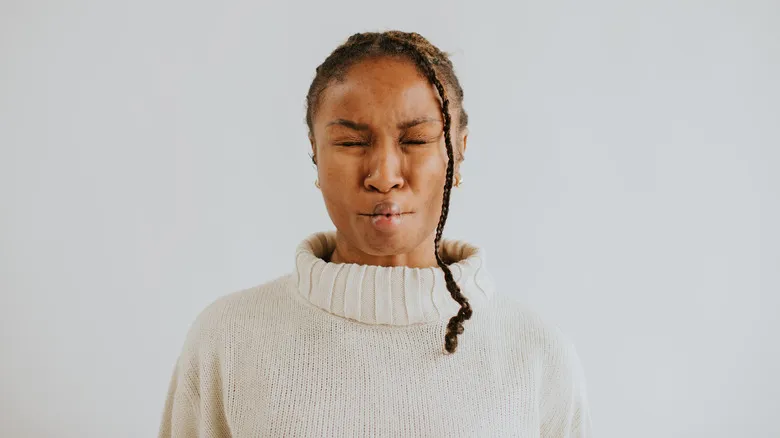
What Is Pine Mouth And How Long Does It Last?
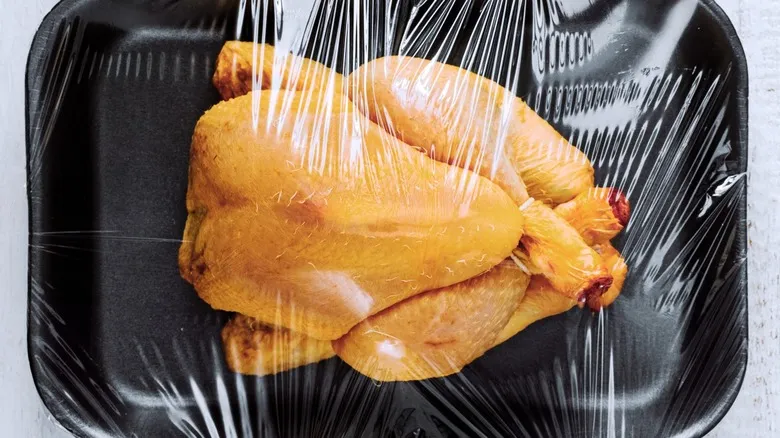
Is It Safe To Eat Yellow Chicken?
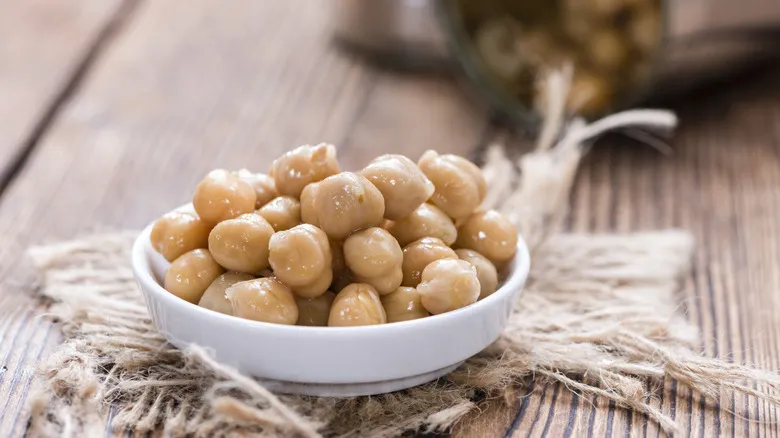
A Bit Of Baking Soda Is The Secret To Soft And Creamy Canned Chickpeas
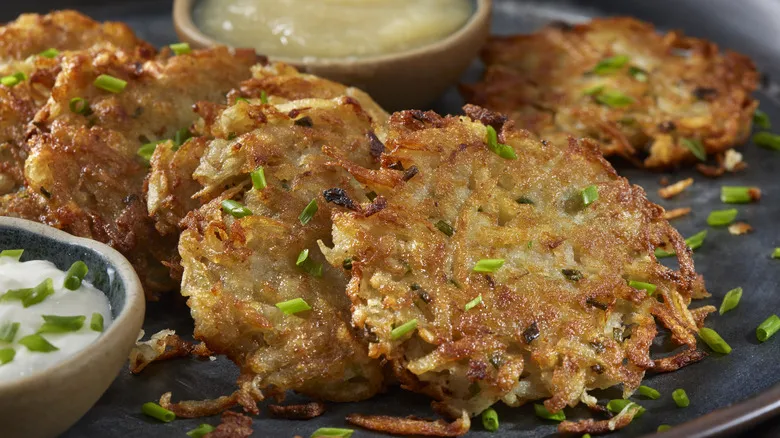
Why You Shouldn't Throw Away The Residual Potato Liquid When Making Latkes
Next up

